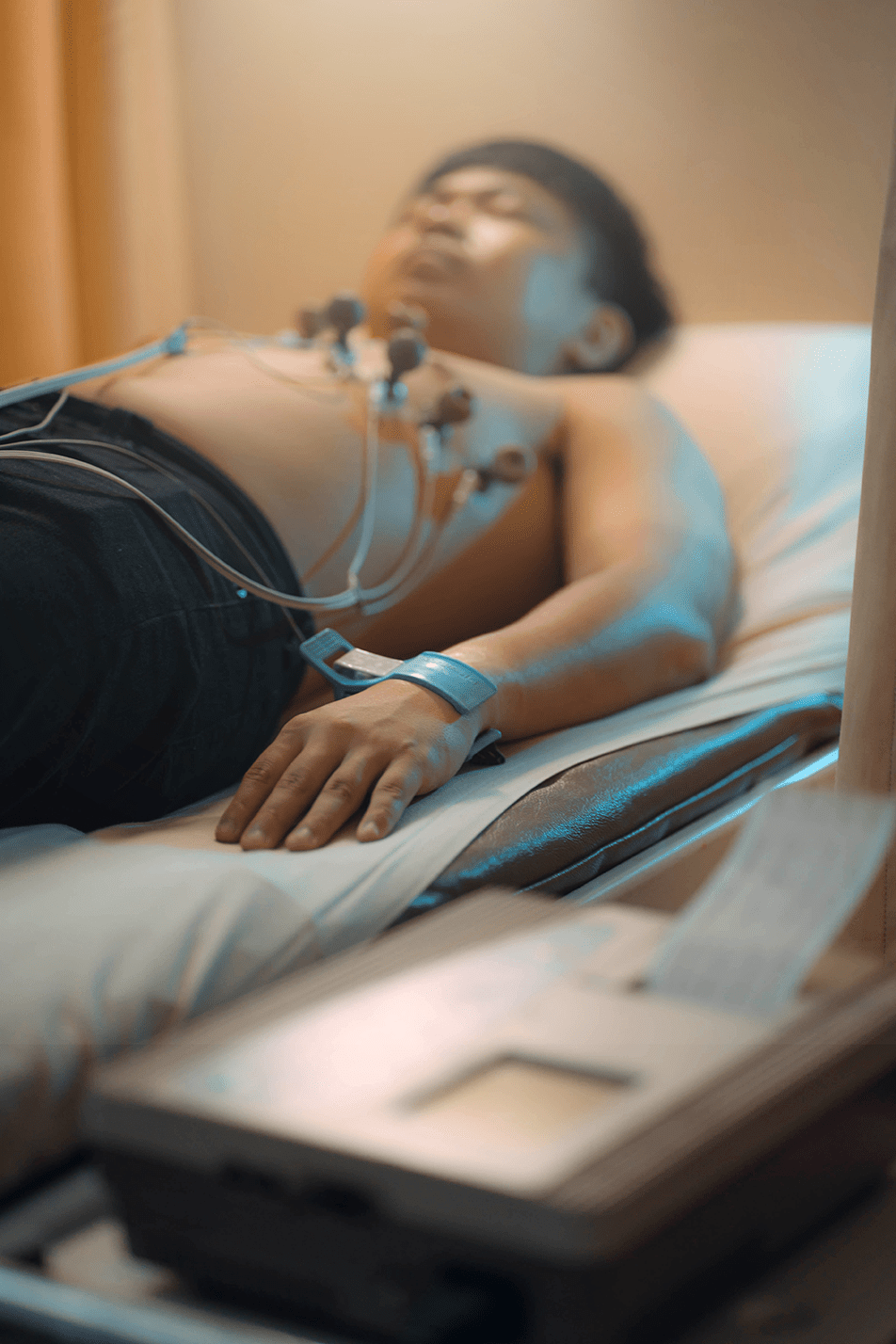Permai Polyclinics
Electrocardiogram ECG
An electrocardiogram records the electrical signals in your heart. It’s a common and painless test used to quickly detect heart problems and monitor your heart’s health.
Electrocardiograms — also called ECGs or EKGs — are often done in a doctor’s office, a clinic or a hospital room. ECG machines are standard equipment in operating rooms and ambulances. Some personal devices, such as smart watches, offer ECG monitoring. Ask your doctor if this is an option for you.
WHY IT’S DONE
An electrocardiogram is a painless, noninvasive way to help diagnose many common heart problems in people of all ages.
Your doctor may use an electrocardiogram to determine or detect:
- Abnormal heart rhythm (arrhythmias)
- If blocked or narrowed arteries in your heart (coronary artery disease) are causing chest pain or a heart attack
- Whether you have had a previous heart attack
How well certain heart disease treatments, such as a pacemaker, are working
You may need an ECG if you have any of the following signs and symptoms:
- Chest pain
- Dizziness, lightheadedness or confusion
- Heart palpitations
- Rapid pulse
- Shortness of breath
- Weakness, fatigue or a decline in ability to exercise
If you have a family history of heart disease, your doctor may suggest an electrocardiogram as a screening test, even if you have no symptoms.
If your symptoms tend to come and go, they may not be captured during a standard ECG recording. In this case your doctor may recommend remote or continuous ECG monitoring.



